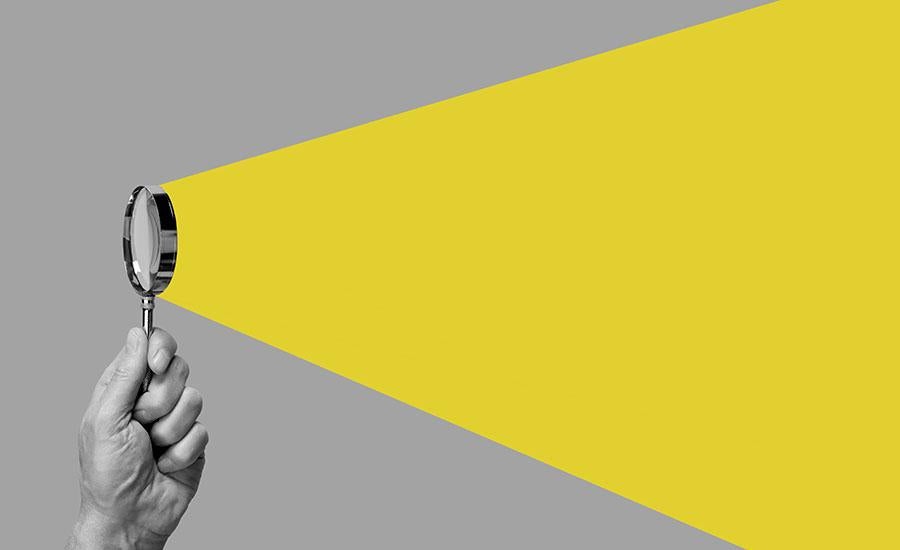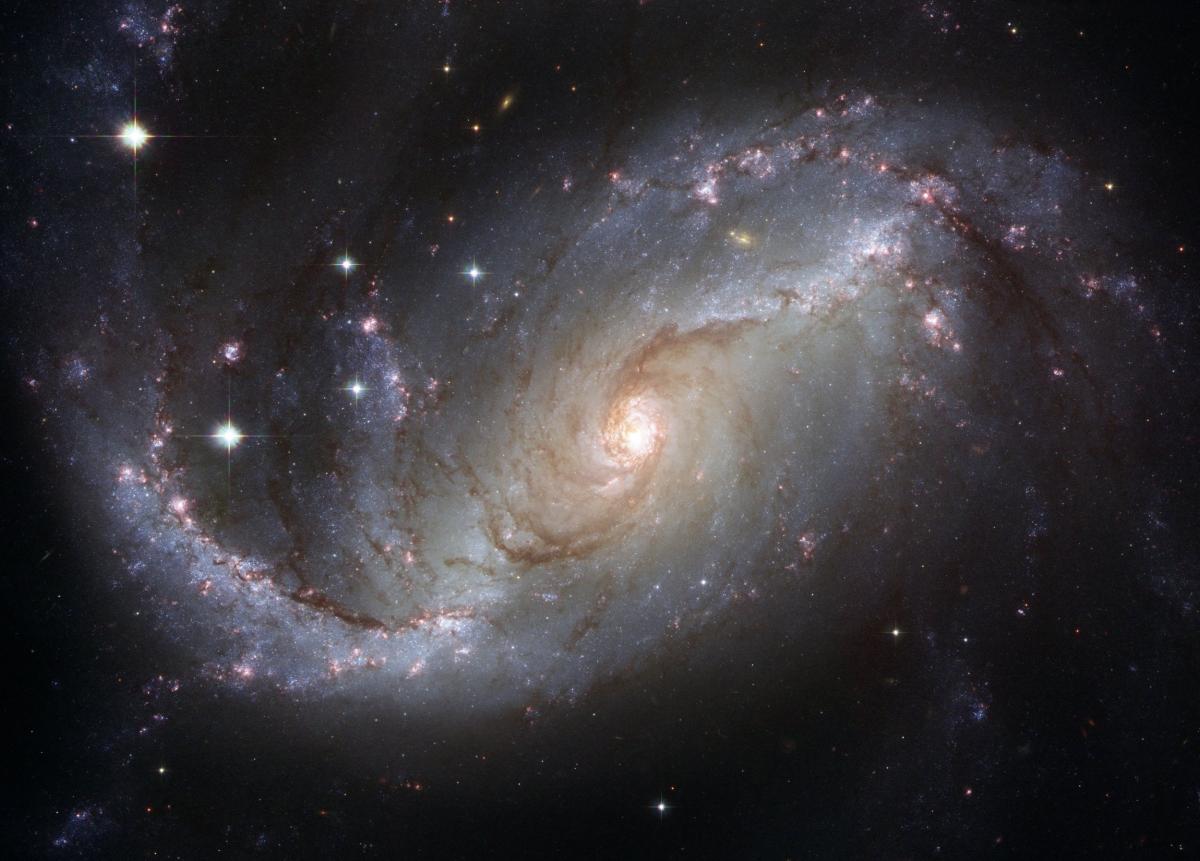
Sun and Shadow
by tawny bounds
Students will complete a shadow activity where they will learn what happens to shadows throughout the day. They will create a hypothesis, collect observable data, and come to a conclusion about a shadow's movement and the movement of the sun across the sky. They will also use rulers to measure the length of the shadows they trace and use math to compare their shadow in the morning versus the afternoon.
Lesson Grade Level
2nd GradeLesson Plan Link/URL
https://docs.google.com/presentation/d/1AxB9hRtUpYEjmKqvsMZ_rK4XA0inzsg2/edit?u…Subject Area
Science Earth and Space Science E2: Earth & the Universe Mathematics Measurement and Data (MD)
Featured
Off
Related Content

Grades:
7th Grade, 8th Grade, 9th Grade, 10th Grade
In this lesson, students will observe the geometry of lunar and solar eclipses by creating a physical, proportional model of the Earth and Moon system and observing shadows.

Grades:
6th Grade, 7th Grade, 8th Grade
In this lesson plan, students will embark on a journey to explore and understand the fascinating world of Moon phases. They will begin by sharing their prior knowledge and everyday experiences of Moon

Grades:
11th Grade, 12th Grade
This lesson and accompanying activity are designed to introduce students to the celestial coordinate system used for location objects and locations in the sky. This lesson will also introduce students

